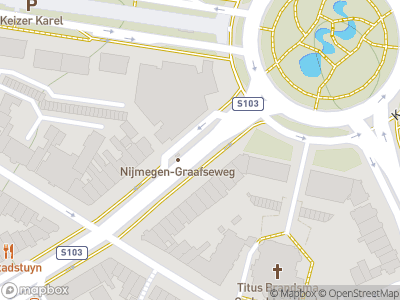In the 1950s, a dam was constructed between Arnhem and Nijmegen known as the Defence Dike.This was part of the IJssel Line flood defence system that was built to serve as an emergency barrier should the Overbetuwe area be flooded.Whilst such an enormous quantity of sand could hardly be missed, very few people actually knew what it was for.
The IJssel Line
After the Second World War, Western Europe found itself in the clutches of the Cold War. In the 1950s, the fear of a Russian invasion was so considerable, that it led to the construction of a defensive barrier along the Rhine River. The Dutch devised a flood defence system called the IJssel Line to protect the major cities in the west and north-west of the country. The system used movable floating dams to block off the Waal and Rhine rivers, so that the IJssel River could be turned into a defensive barrier that spanned several kilometres. However, a weak link in the system was the Betuwse Bandijkdike, which if breached, would let water through to the whole of the Betuwe region. The solution to this problem was an additional dike that stretched from Arnhem to Nijmegen.
Defence Dike
The official term for this type of dam is inner dike (slaperdijk in Dutch), but people soon started calling it the Defence Dike. It made use of the existing railway embankment in Lent, which was reinforced on its eastern side with an embankment made of sand asphalt. It then followed the route along the main road, all the way to Arnhem (now the A325). In total, its construction used 350,000 cubic metres of clay and 2 million cubic metres of sand. The sand came from an undeveloped area in Elst known as ‘Defensiekolk’ (Defence Well) and ‘Eisenhowerplas’ (Eisenhower Lake). It is now known as Aamsche Lake.
Traffic
The construction of the 11 kilometre-long Defence Dike caused a number of issues relating to traffic. For this reason, roads were cut into the dikes, such as the one near Lent. In an emergency situation, these gaps could be closed off using concrete partitions or posts. The Linge River was also diverted to flow under the dike. By 1964, the IJssel Line had been decommissioned, and in order to recoup some of the millions that had been spent on the project, most of the Defence Dike was demolished and sold as sand. However, parts of the Defence Dike can still be seen in places such as Lent and Elden.












